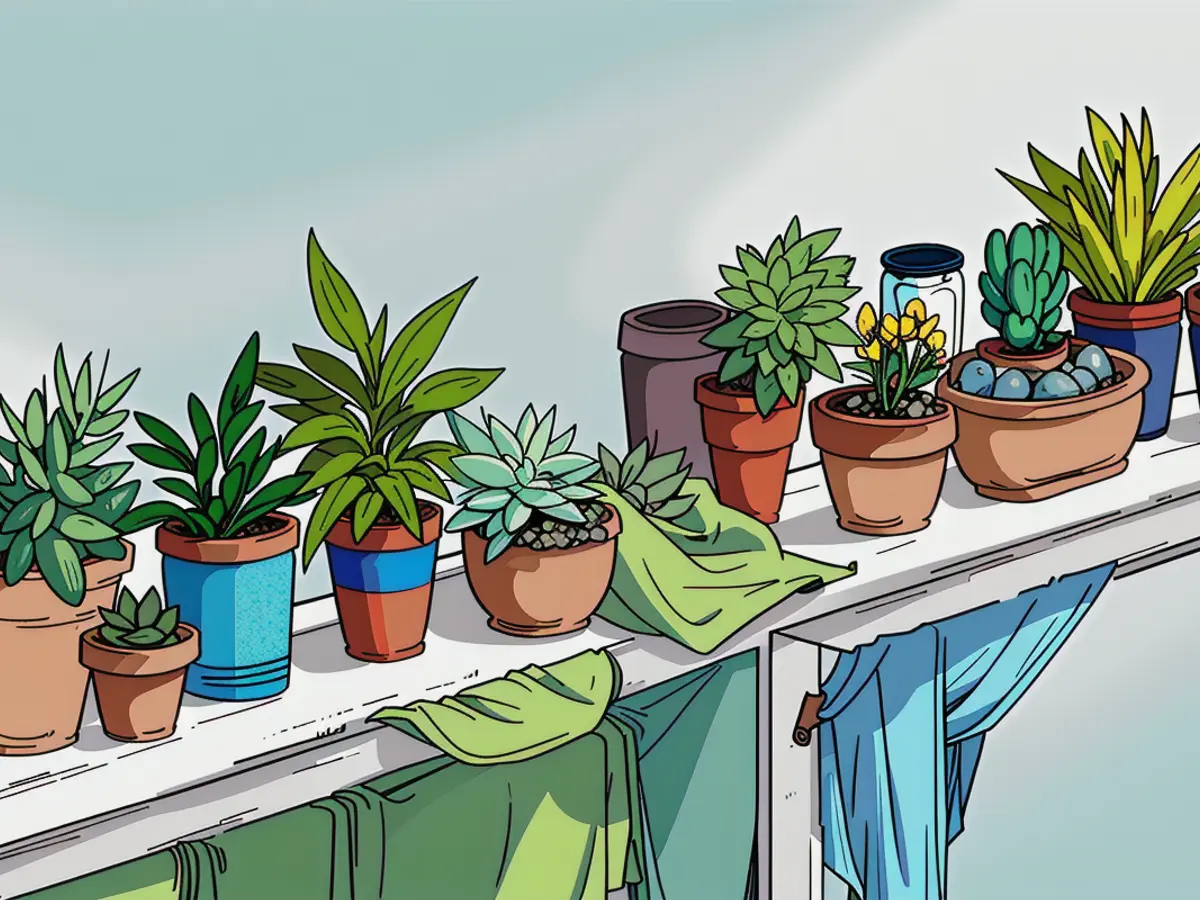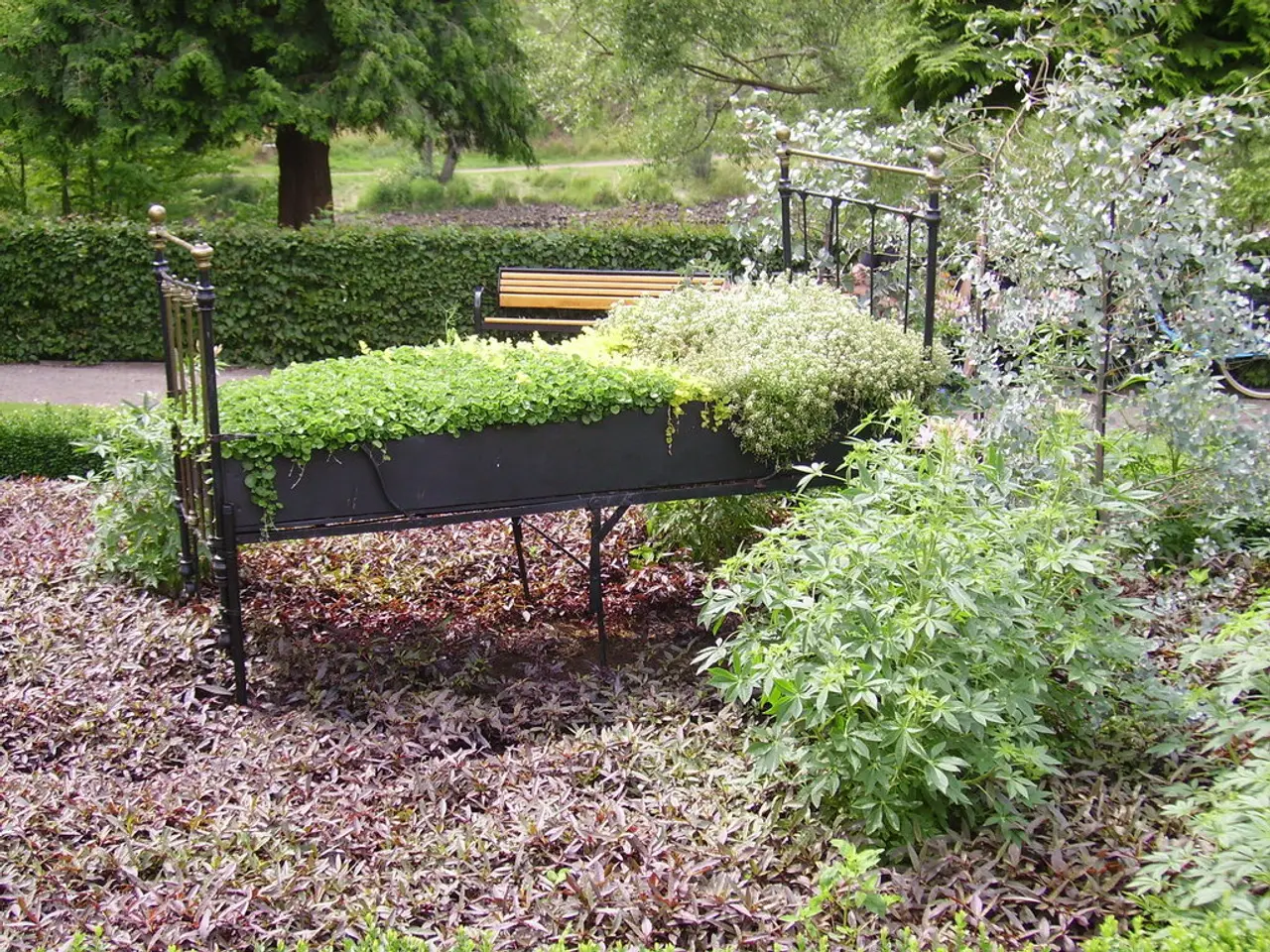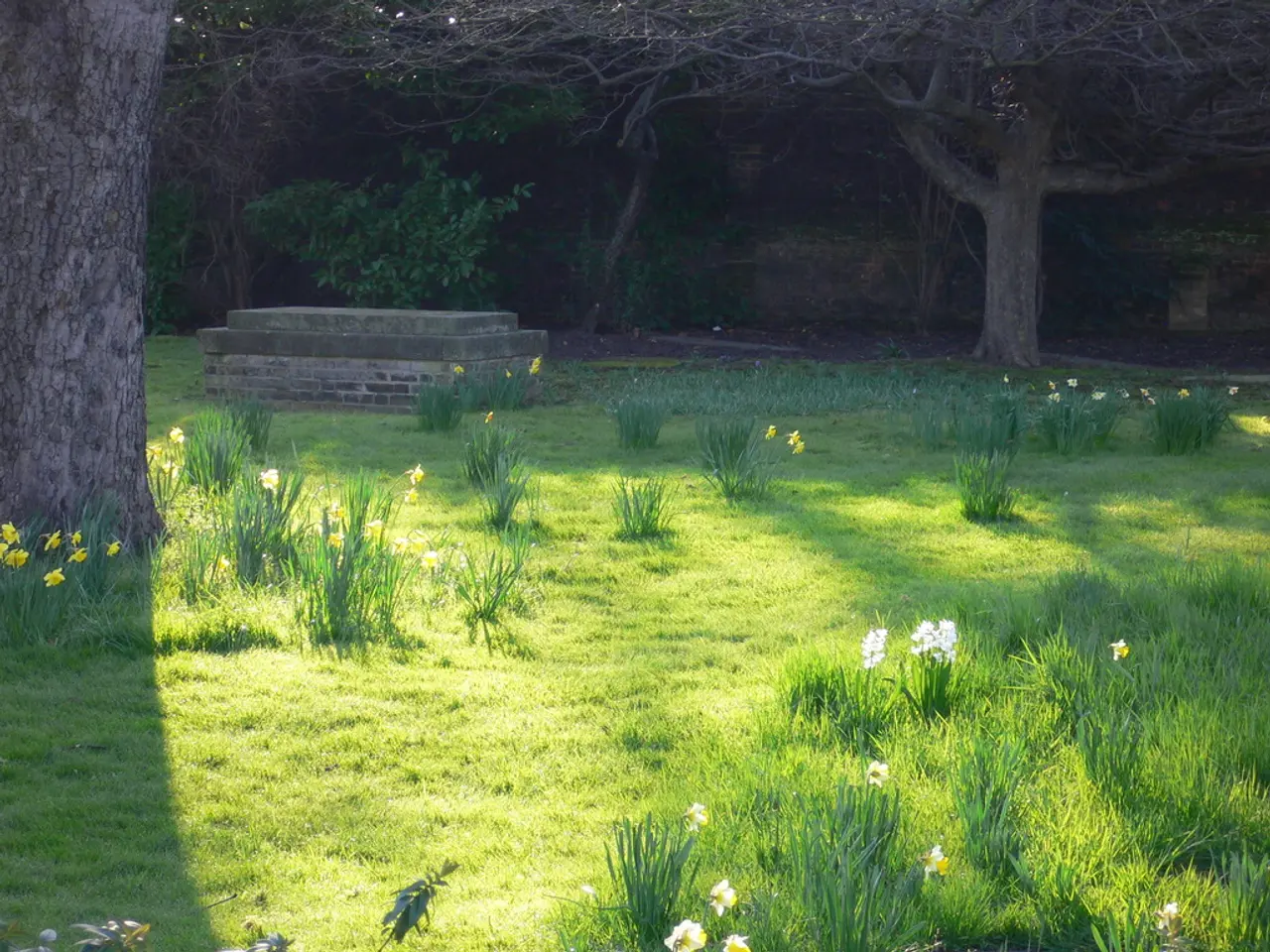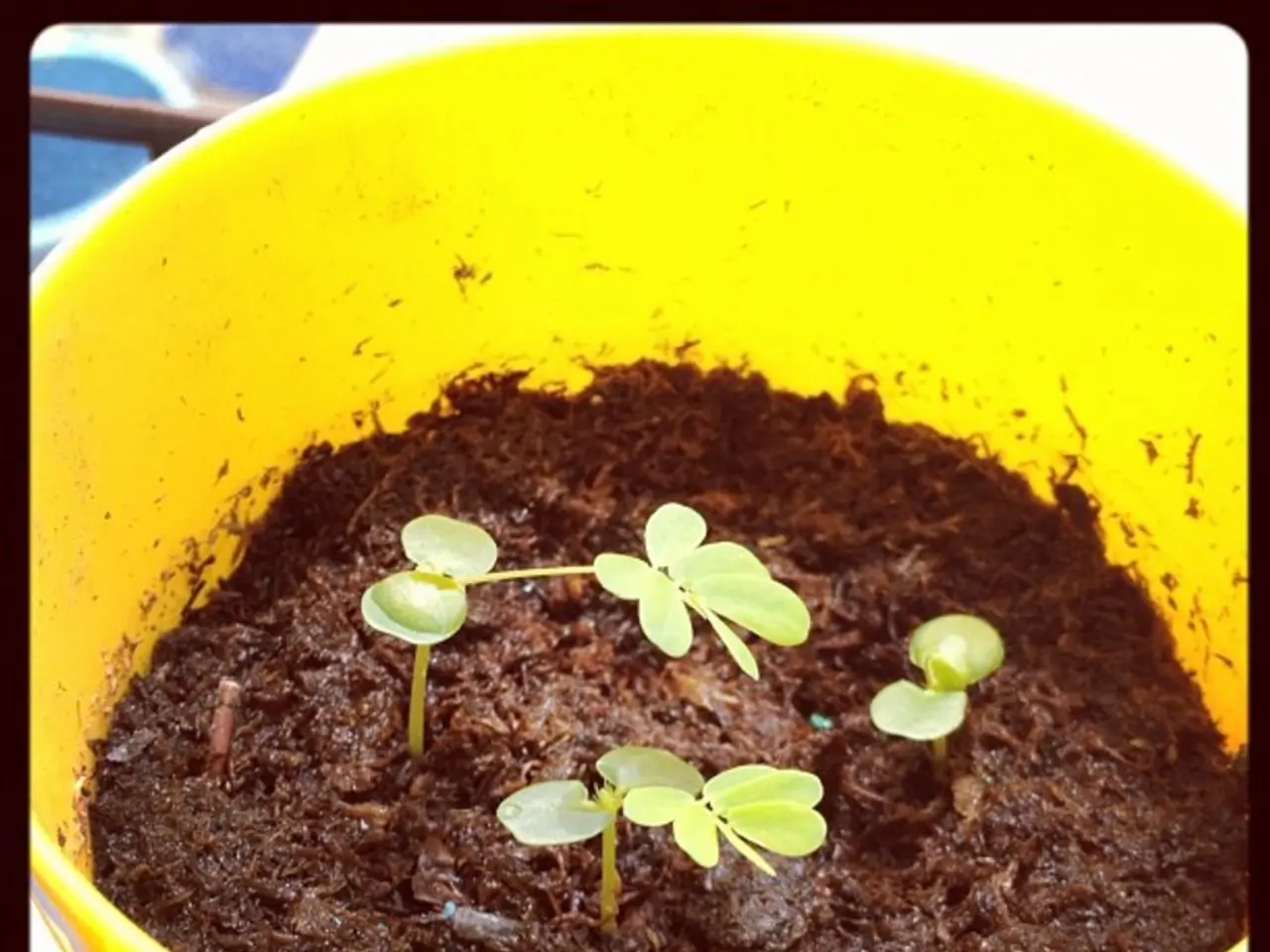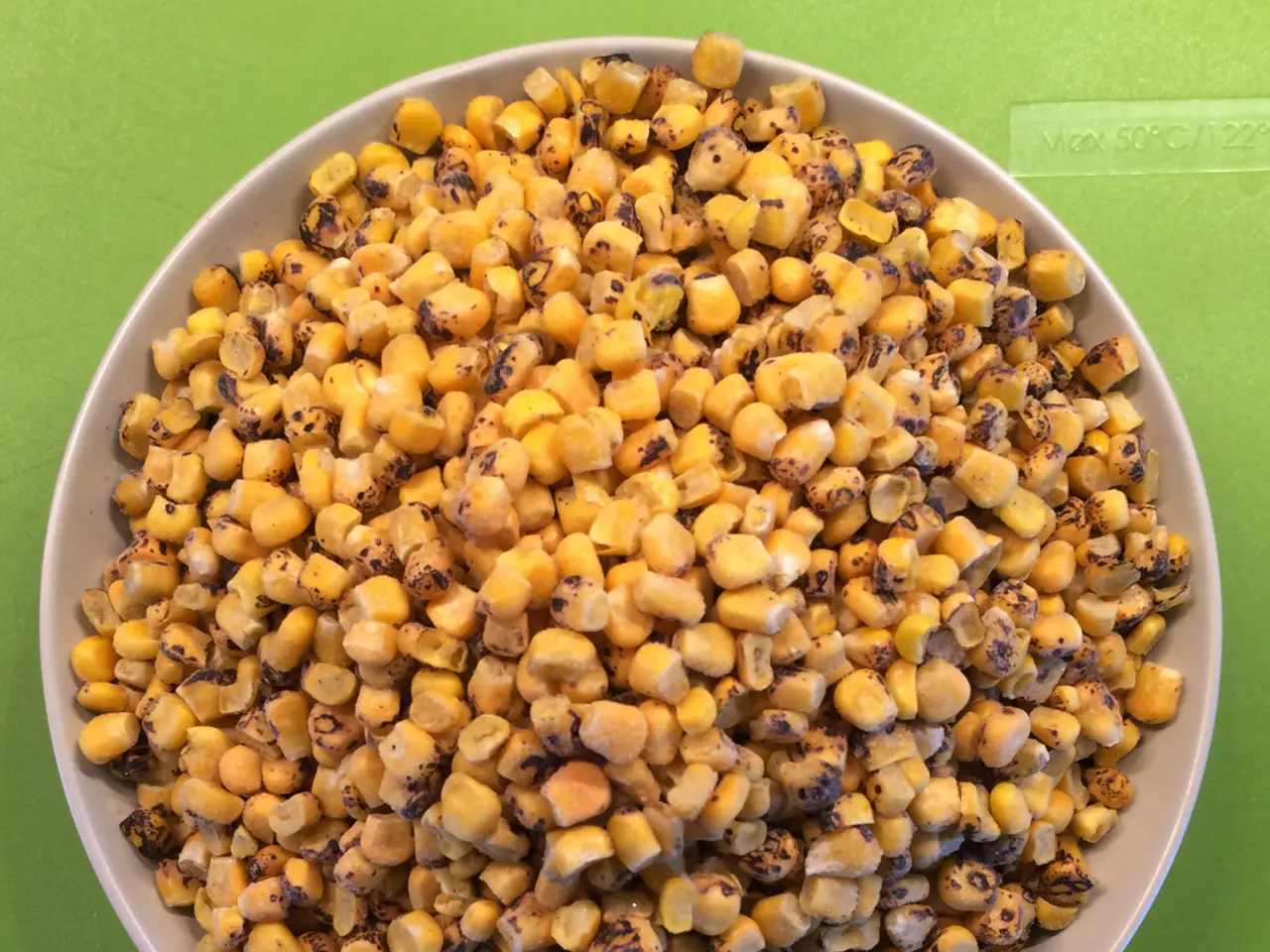Essential Advice for Nurturing 11 Varieties of Indoor Succulents
Succulents might seem low-maintenance, but they still have their preferences when it comes to care. Mastering the art of giving them the right light, moisture, and care can significantly boost their growth. Let's dive into these simple tips that cover everything from planting to propagation, making indoor succulent gardening a breeze.
1. Opt for Creative Containers
Succulents don't need much space and can thrive in various container options. Choose pots with drainage holes, or get crafty by adding holes to non-draining containers. Terracotta pots work well, but you can transform unique pieces like chipped teapots, mismatched bowls, or even other creative containers into DIY succulent planters.
2. Select a Draining Soil Mix
Equipping your succulents with well-draining soil is crucial to prevent root rot. You can buy cactus or succulent mixes, or create your own by mixing half standard potting mix with half pumice, perlite, or coarse-grained sand.
3. Embrace Plenty of Sunlight
Most succulents love bright, indirect light. Low-light conditions may cause leggy growth, while excessive direct sun can damage sun-sensitive plants. So, ensure they live in an area with ample sunlight. Own a home lacking natural light? Consider adding a grow light or opt for succulent varieties that tolerate low light, like snake plants or ZZ plants.
4. Water Less, but Wisely
Avoid overwatering by doling out light waterings roughly every two weeks in summer and less frequently in winter. When in doubt, withhold water until the soil is dry. And remember, succulents store water in their stems and leaves, so if your plants appear wrinkly, they might need a little more hydration.
5. Keep Fertilizing to a Minimum
Succulents are light feeders and require low nitrogen fertilizers during spring and summer. A monthly dose of organic liquid houseplant or succulent fertilizer diluted with half water should suffice. Excessive fertilization may lead to vigorous, unwieldy growth.
6. Rotate Your Pots and Keep 'Em Straight
Succulents grow towards the sun, leading to stretched-out or bent stems if not rotated regularly. Rotate your succulent pots every time you water them. If the bending is severe, you can use a small bamboo plant support or propagate the plant.
7. Repot Only When Necessary
Repotting should occur when your succulents outgrow their pots or when it becomes challenging to water them. Upgrade to a slightly larger well-draining container. After repotting, cover the soil line with sand or small gravel to secure the succulents.
8. Embrace Propagation
Propagation is a creative way to multiply your succulents. Numerous succulent varieties can be propagated using soil or water methods. Jade plants and aloes are popular choices!
9. Watch for Pests and Diseases
While less prone to pests than some tropical houseplants, succulents can occasionally encounter issues like spider mites or mealybugs. If you notice any pests, isolate the affected plants and spot-treat with rubbing alcohol or organic insecticidal soap.
10. Clean Regularly
Succulents need a clean environment to thrive. Simply use a soft, damp cloth to wipe their leaves, and clean hard-to-reach spots with a soft-bristled paintbrush.
11. Consider Pet Safety
While most cactuses are non-toxic to pets, some succulents aren't. If you have pets at home, opt for pet-safe succulents like haworthia or living stones (Lithops). Alternatively, keep your plants in enclosed grow cabinets or terrariums.
[1] [2] [3] [4] [5] Source not provided, as this text focuses on rephrasing and providing new structure.
Gardening with houseplants, such as succulents, can be an enjoyable hobby. Caring for houseplants like succulents requires understanding their unique needs, such as choosing the right soil mix and providing ample sunlight. According to Better Homes and Gardens (BHG), a well-draining soil mix is essential for succulents to prevent root rot, and terracotta pots, or creative DIY planters, work well.
